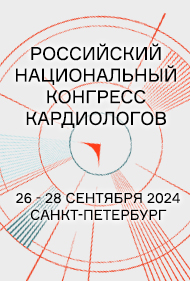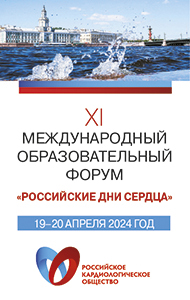Triple therapy has similar outcomes, more bleeding than dual therapy in older patients
Older patients with atrial fibrillation who received triple therapy consisting of aspirin, clopidogrel and warfarin at discharge after PCI for acute MI had a similar risk for major adverse cardiac events at 2 years, but higher rates of major bleeding compared with patients who received aspirin and clopidogrel only.
Myocardial Infarction Resource Center
Researchers analyzed 4,959 patients aged 65 years or older from the Acute Coronary Treatment and Intervention Outcomes Network Registry–Get With the Guidelines. All patients had AF and underwent coronary stenting after acute MI between 2007 and 2010. The primary efficacy outcome was MACE, defined as death, MI-related readmission or stroke, at 2 years. The primary safety outcome was readmission for bleeding at 2 years. Patients were stratified by whether they received dual antiplatelet therapy (DAPT) or DAPT plus warfarin at discharge.
Risks similar for MACE
Overall, 27.6% of patients received triple therapy on discharge. Compared with DAPT, patients who received triple therapy had a similar risk for MACE (adjusted HR = 0.99; 95% CI, 0.86-1.16). The same trend was observed for the individual endpoints of all-cause mortality (adjusted HR = 0.98; 95% CI, 0.83-1.16), MI readmission (adjusted HR = 1.03; 95% CI, 0.79-1.33) and stroke readmission (adjusted HR = 0.85; 95% CI = 0.58-1.23). The researchers noted that the triple therapy group had a lower risk for ischemic stroke, but this difference was not statistically significant (HR = 0.66; 95% CI, 0.41-1.06).
According to the researchers, patients who received triple therapy had greater risk for bleeding requiring hospital readmission (adjusted HR = 1.61; 95% CI, 1.31-1.97) and greater risk for intracranial hemorrhage (adjusted HR = 2.04; 95% CI, 1.25-3.34) compared with patients who received DAPT.
“The increased risk of bleeding without apparent benefit of triple therapy observed in this study suggests that clinicians should carefully consider the risk-to-benefit ratio of triple therapy use in older atrial fibrillation patients who have had a heart attack treated with angioplasty,” Connie N. Hess, MD, MHS, assistant professor of medicine/cardiology at Duke University School of Medicine and Duke Clinical Research Institute, said in a press release. “Further prospective studies of different combinations of anti-clotting agents are needed to define the optimal treatment regimen for this population.”
Uncertainty prevalent
In an accompanying editorial, Javier A. Valle, MD, and John C. Messenger, MD, both from the University of Colorado School of Medicine, Aurora, Colorado, wrote, “although the question of whether triple therapy is beneficial for MACE remains troublingly uncertain, the data are convincing for bleeding. Regarding MACE, the effects of ‘more’ remain enigmatic. When it comes to bleeding events, however, ‘more’ appears to be significantly worse.”
Valle and Messenger noted that results of the WOEST study demonstrated that triple therapy was associated with higher rates of MACE and bleeding compared with warfarin and clopidogrel in patients who underwent PCI. However, the authors noted that the WOEST study was small and most patients enrolled did not have ACS; thus, the findings may not be generalizable and more research is needed.
“The preponderance of evidence runs contrary to the current practice of using warfarin with a P2Y12 inhibitor and aspirin,” Valle and Messenger wrote. “The data may not be perfect, but they do paint a picture of uncertain benefit for MACE and convincing harm with bleeding … Can we replace ‘more’ with a better alternative? Unfortunately, the answer to date is ‘not yet.’” – by Erik Swain
Disclosures: Hess reports receiving research grant support from Gilead Sciences. See the full study for the relevant financial disclosures of the other researchers. Valle and Messenger report no relevant financial disclosures.
Source: www.healio.com






